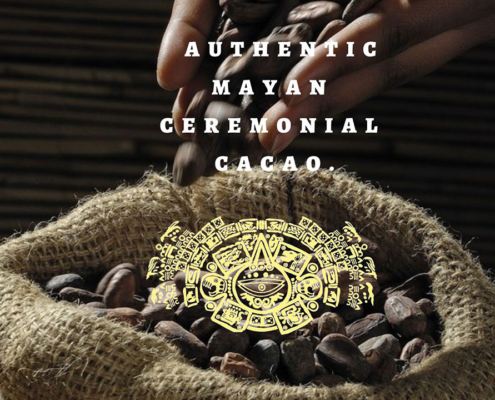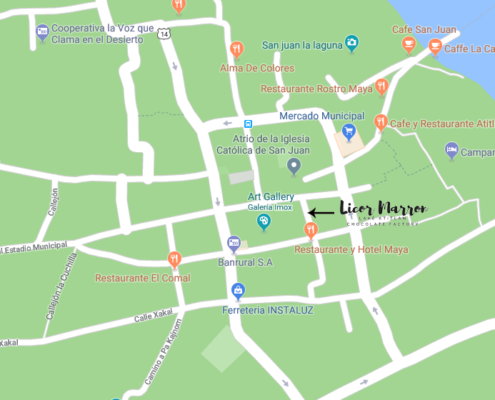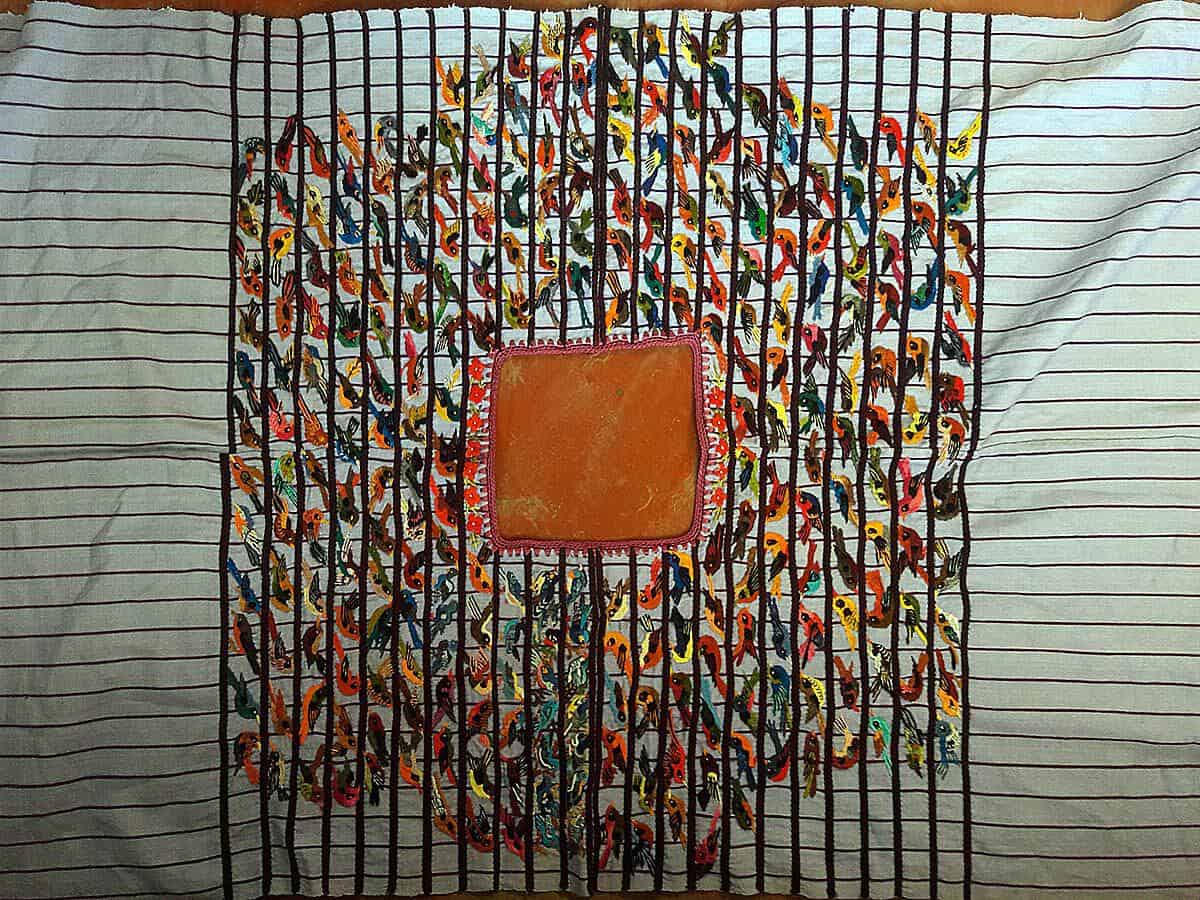Lake Atitlan Chocolate Factory Tours is one of the sweetest experiences that Lake Atitlan has to offer, discovering the ancient secrets of chocolate at Licor Marrón Chocolate.
Chocolate has a rich history in Guatemala, with the Mayans worshiping the cacao tree calling chocolate the “food of the gods.”
Made from the seeds of the cacao tree, chocolate has been used as currency, cherished in drinks for health and vitality, and in pastries and desserts.
Lake Atitlan Chocolate Factory Tours and Workshop are for the whole family. Learn about the history, culture, and traditions of chocolate.
Spend an unforgettable morning indulging yourself in this 3-hour hands-on workshop of chocolate, and more chocolate followed by an unforgettable afternoon exploring the Artisan village of San Juan La Laguana.
Ana Navichoc and her nephew Edsha share their passion for the art of chocolate and guide us through the process of making our own delicious Maya chocolate from bean-to-bar using heirloom stone tools.




 Ethical Fashion Guatemala
Ethical Fashion Guatemala Ethical Fashion Guatemala
Ethical Fashion Guatemala